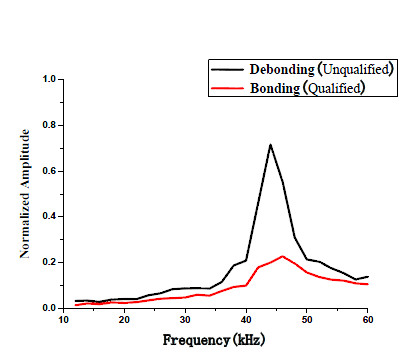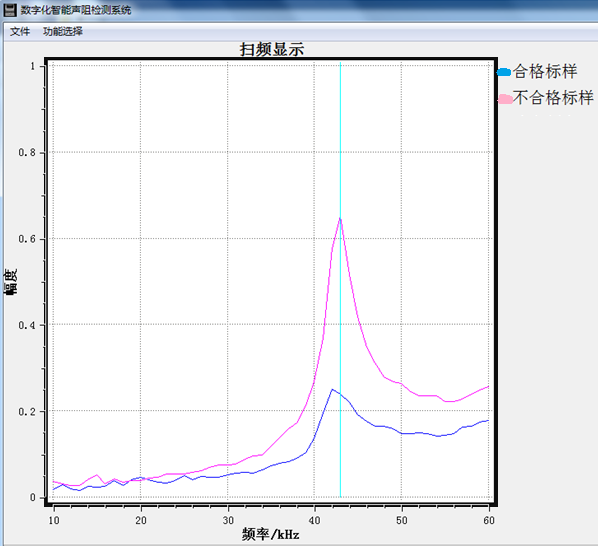Keywords: Acoustic impedance probe, Harmonic analysis, Transient analysis, FEM, ANSYS
Acoustic impedance technology has often been used in bonding quality detection of aerospace structure and composite material structure. As one of the key parts, bimorph acoustic impedance probe plays a crucial role in the acoustic impedance detection. And the electro-mechanical analogy method is traditionally applied to the probe analysis. However, it usually has disadvantages such as complex computation and weak effectiveness, which are not suitable for engineering applications.
Researchers from the Institute of Acoustics of the Chinese Academy of Sciences establish a set of complete numerical simulation model for bimorph acoustic impedance probe on the platform ANSYS, a commercial software. Under this model, the probe developed and designed with the optimal material and structure parameters turns out that it has good bonding detection effect.
Harmonic analysis results were used to get the impedance characteristic of the probe. And the impedance characteristic further analyzed the resonant characteristics and electric-impedance matching with transmitting and receiving circuit. The calculation and experiment result was shown in Fig. 1 (a) and (b).
Transient analysis simulated the detection process of the bimorph acoustic impedance probe. The sweeping frequency burst signal was loaded on the transmitter port. And the transmitting part, as a sandwich transducer, generated vibration and effect on the bonding sample. The bonding status information of the sample was induced by the receiving piezoelectric chips in the form of impedance indifference. The transient analysis method of ANSYS was used to implement this detection to simulate the actual process. Shown in Fig 2 (a) and (b), it was the contrast between calculation and experiment.
This research work has certain reference significance for engineering practice and application of acoustic impedance method.

Fig.1 (a) Impedance of transmitting port (Image by CHEN)

Fig.1 (b) Impedance of receiving port (Image by CHEN)

Fig. 2 (a) Transient calculation for bonding detection (Image by CHEN)

Fig. 2 (b) Screen capture for bonding detection experiment (Image by CHEN)
References:
CHEN Qiuying, LIAN Guoxuan. Numerical Simulation and Optimization Design of Acoustic Impedance Probe. Piezoelectricity, Acoustic Waves, and Device Applications (SPAWDA), 2014 Symposium on, ISBN 978-1-4799-6424-6, IEEE (pp. 214-217, Oct. 30 2014-Nov. 2, 2014, Beijing, China). DOI: 10.1109/SPAWDA.2014.6998564
Contact:
CHEN Qiuying
State Key Laboratory of Acoustics, Institute of Acoustics, Chinese Academy of Sciences, 100190 Beijing, China
Email: chenqiuying@mail.ioa.ac.cn


